-
 Bitcoin
Bitcoin $115000
0.12% -
 Ethereum
Ethereum $3701
4.50% -
 XRP
XRP $3.081
2.99% -
 Tether USDt
Tether USDt $0.0000
-0.01% -
 BNB
BNB $767.9
1.45% -
 Solana
Solana $169.5
3.13% -
 USDC
USDC $0.9999
0.01% -
 Dogecoin
Dogecoin $0.2106
4.30% -
 TRON
TRON $0.3334
1.62% -
 Cardano
Cardano $0.7564
2.54% -
 Stellar
Stellar $0.4165
0.76% -
 Hyperliquid
Hyperliquid $38.75
0.25% -
 Sui
Sui $3.593
3.00% -
 Chainlink
Chainlink $17.08
3.59% -
 Bitcoin Cash
Bitcoin Cash $573.6
4.35% -
 Hedera
Hedera $0.2508
-0.84% -
 Avalanche
Avalanche $23.07
6.46% -
 Ethena USDe
Ethena USDe $1.001
-0.02% -
 Litecoin
Litecoin $120.8
8.17% -
 UNUS SED LEO
UNUS SED LEO $8.943
-0.32% -
 Toncoin
Toncoin $3.400
-5.60% -
 Shiba Inu
Shiba Inu $0.00001255
1.54% -
 Uniswap
Uniswap $9.908
6.32% -
 Polkadot
Polkadot $3.718
2.10% -
 Monero
Monero $303.0
-0.74% -
 Dai
Dai $0.9999
-0.02% -
 Bitget Token
Bitget Token $4.392
0.91% -
 Cronos
Cronos $0.1403
6.31% -
 Pepe
Pepe $0.00001076
1.13% -
 Aave
Aave $267.2
1.80%
How does NFT Ecosystem Growth connect different NFT participants?
NFT ecosystem growth relies on interoperability between platforms, strong community building around diverse NFT types, and regulatory clarity to foster trust and attract wider adoption, ultimately connecting creators, collectors, and marketplaces.
Mar 01, 2025 at 03:12 pm
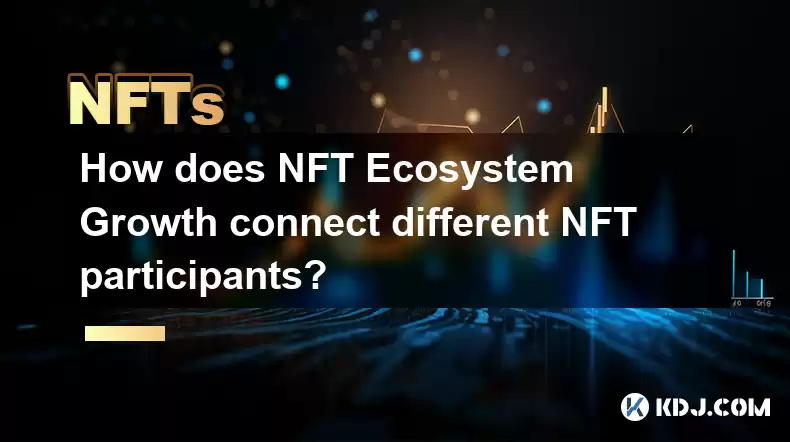
Key Points:
- NFTs connect creators, collectors, and marketplaces through a shared digital asset ecosystem.
- Interoperability between different NFT platforms is crucial for ecosystem growth.
- Utility and community building are essential for sustained NFT ecosystem growth.
- Technological advancements, such as layer-2 scaling solutions, are improving the NFT experience.
- Regulatory clarity is necessary for wider adoption and trust in the NFT ecosystem.
How Does NFT Ecosystem Growth Connect Different NFT Participants?
The burgeoning NFT ecosystem is a complex network connecting diverse participants, each playing a vital role in its growth. This interconnectedness hinges on the shared interest in digital ownership and the potential for value creation. Understanding these connections is crucial for navigating this rapidly evolving landscape.
Connecting Creators and Collectors:
NFT marketplaces act as the primary link between creators and collectors. Creators mint their digital assets, whether artwork, music, or virtual real estate, on these platforms. Collectors then browse, bid on, and purchase these NFTs. This direct creator-to-collector relationship, often bypassing traditional intermediaries, is a cornerstone of the NFT ecosystem's appeal. The platforms themselves profit from transaction fees, incentivizing them to attract both creators and collectors.
The Role of Marketplaces and Interoperability:
NFT marketplaces are more than just transactional hubs. They provide crucial infrastructure, fostering community and facilitating discovery. However, the lack of interoperability between different marketplaces presents a challenge. Ideally, NFTs should be easily transferable across platforms, increasing liquidity and accessibility for both creators and collectors. The absence of such seamless interoperability fragments the ecosystem and limits growth potential.
The Importance of Utility and Community:
The long-term success of the NFT ecosystem depends heavily on the utility of the NFTs themselves and the strength of the communities they build. NFTs that offer real-world benefits, such as access to exclusive content, events, or memberships, attract and retain users. Strong community engagement, fostered through social media and dedicated platforms, drives both organic growth and increased value for the NFTs.
Technological Advancements and Scalability:
The NFT ecosystem faces significant challenges related to scalability and transaction costs. High gas fees on Ethereum, the dominant blockchain for NFTs, can be prohibitive for many. The emergence of layer-2 scaling solutions, such as Polygon and Optimism, addresses these issues by processing transactions off-chain, significantly reducing costs and improving speed. This technological advancement is vital for wider adoption and the overall health of the ecosystem.
Regulatory Landscape and Trust:
The regulatory landscape surrounding NFTs is still evolving, creating uncertainty and impacting growth. Clearer guidelines are needed to protect consumers, combat fraud, and establish trust. Regulatory clarity is crucial for institutional investment and mass adoption, both of which are necessary for the sustained growth of the NFT ecosystem. Without a clear regulatory framework, the ecosystem faces the risk of scams and a decline in user confidence.
How do different types of NFTs connect participants?
Different NFT types, like profile pictures (PFPs), gaming NFTs, and metaverse assets, each attract distinct communities. PFP NFTs build communities around shared ownership and digital identity. Gaming NFTs connect players within a game's ecosystem, adding value through gameplay. Metaverse assets create virtual worlds where users interact and trade digital property. These diverse types expand the ecosystem's reach, creating a vibrant and multifaceted market.
What are the challenges facing NFT ecosystem growth?
Challenges include scalability issues leading to high transaction costs and slow processing times. The environmental impact of some blockchains is a significant concern. Furthermore, the lack of standardization and interoperability between different platforms limits growth. Regulatory uncertainty and the prevalence of scams and fraudulent projects also hinder wider adoption and trust.
How does community building impact NFT ecosystem growth?
Strong communities around specific NFTs and projects are essential drivers of growth. Communities foster engagement, increase demand, and drive secondary market trading. They create a sense of belonging and shared ownership, making the NFT experience more appealing and encouraging long-term participation. Active communities also help to identify and address potential issues within the ecosystem.
What role do NFT marketplaces play in connecting participants?
NFT marketplaces are crucial for connecting creators and collectors. They provide the platform for minting, buying, and selling NFTs. Their role extends beyond transactions; they often foster community building and provide tools for managing and showcasing NFTs. The choice of marketplace significantly influences the reach and visibility of NFTs, impacting their value and overall success.
What technological advancements are improving the NFT experience?
Layer-2 scaling solutions are significantly improving the user experience by reducing transaction costs and increasing processing speeds. Improved wallet integrations and user-friendly interfaces are also making NFTs more accessible. The development of more sustainable blockchains is addressing environmental concerns. These advancements are crucial for broader adoption and the continued growth of the ecosystem.
How does the regulatory environment affect the NFT ecosystem?
Regulatory clarity is essential for establishing trust and attracting institutional investment. A well-defined regulatory framework protects investors from fraud and scams, encouraging legitimate participation. Uncertainty and a lack of clear guidelines can hinder growth and limit the overall potential of the NFT ecosystem. This legal landscape is still evolving, posing both challenges and opportunities.
Disclaimer:info@kdj.com
The information provided is not trading advice. kdj.com does not assume any responsibility for any investments made based on the information provided in this article. Cryptocurrencies are highly volatile and it is highly recommended that you invest with caution after thorough research!
If you believe that the content used on this website infringes your copyright, please contact us immediately (info@kdj.com) and we will delete it promptly.
- Bitcoin, Fed Rate Cut, and Crypto Stocks: A New Yorker's Take
- 2025-08-05 14:50:12
- Police, Cryptocurrency, Bitcoin Windfall: Unexpected Gains and Cautionary Tales
- 2025-08-05 15:30:12
- MAGACOIN: The Next Shiba Inu ROI? A Crypto Presale Deep Dive
- 2025-08-05 15:30:12
- Bitcoin, Kiyosaki, and the August Curse: Will History Repeat?
- 2025-08-05 14:50:12
- Crypto Airdrops: Your August 2025 Guide to Free Tokens & Opportunities
- 2025-08-05 13:45:13
- Luxury Dining Reimagined: St. Regis Singapore & Marriott's Culinary Celebration
- 2025-08-05 13:45:13
Related knowledge
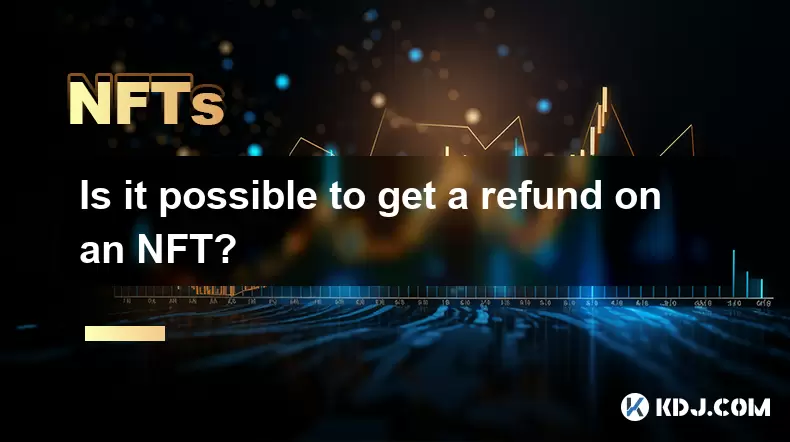
Is it possible to get a refund on an NFT?
Jul 21,2025 at 08:35pm
Understanding NFT Transactions and RefundsWhen you purchase an NFT (Non-Fungible Token), the transaction is typically recorded on a blockchain, making...
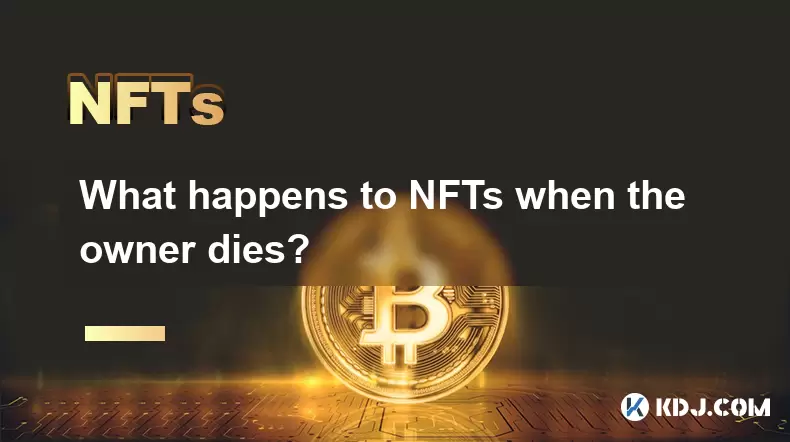
What happens to NFTs when the owner dies?
Jul 22,2025 at 02:43pm
Legal Ownership and Digital AssetsWhen an individual owns NFTs, the question of what happens to these assets upon their death is a pressing one. NFTs ...
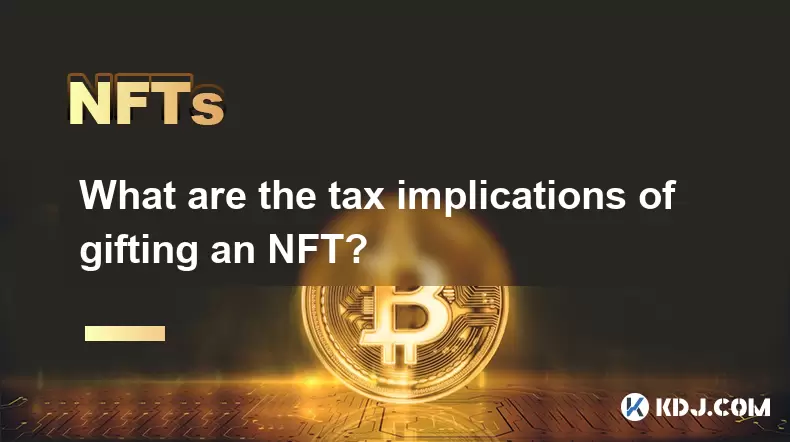
What are the tax implications of gifting an NFT?
Jul 19,2025 at 04:21am
Understanding the Basics of NFT GiftingGifting a Non-Fungible Token (NFT) involves transferring ownership from one individual to another without recei...
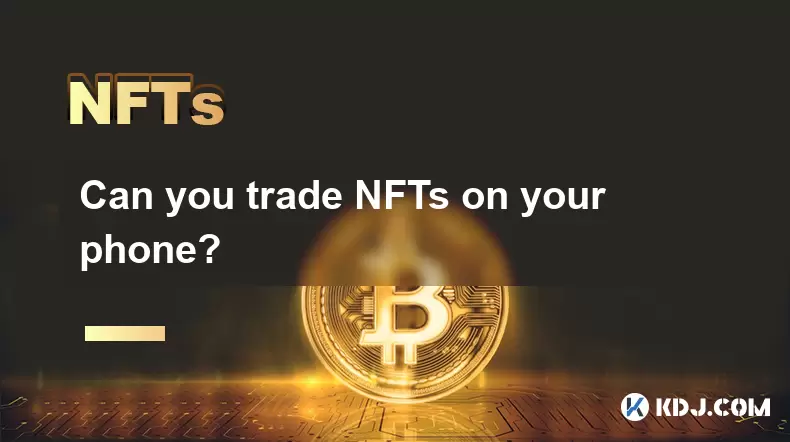
Can you trade NFTs on your phone?
Jul 18,2025 at 04:29am
Trading NFTs on Mobile DevicesYes, you can trade NFTs on your phone, and the process has become increasingly streamlined thanks to a variety of mobile...
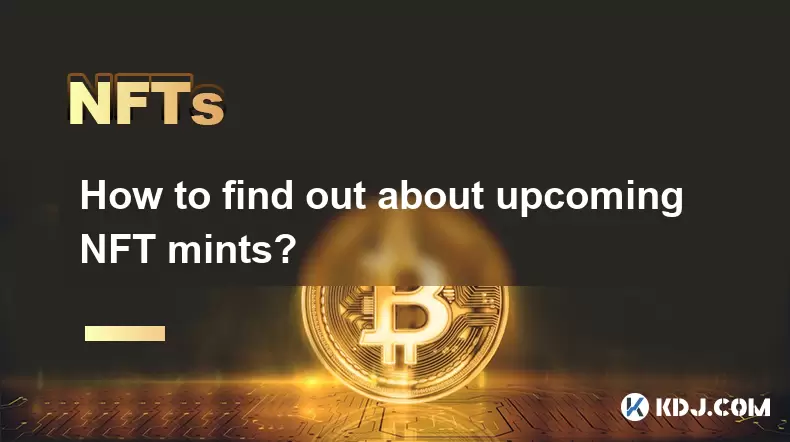
How to find out about upcoming NFT mints?
Jul 18,2025 at 11:50am
Exploring NFT Minting OpportunitiesUnderstanding the landscape of upcoming NFT mints is crucial for collectors, investors, and creators who wish to st...
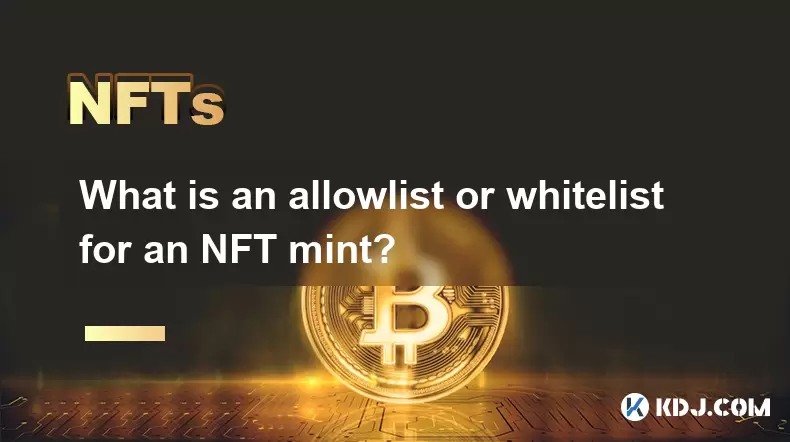
What is an allowlist or whitelist for an NFT mint?
Jul 20,2025 at 07:14pm
Understanding the Concept of an Allowlist for NFT MintingAn allowlist, also commonly referred to as a whitelist, is a mechanism used in the NFT mintin...

Is it possible to get a refund on an NFT?
Jul 21,2025 at 08:35pm
Understanding NFT Transactions and RefundsWhen you purchase an NFT (Non-Fungible Token), the transaction is typically recorded on a blockchain, making...

What happens to NFTs when the owner dies?
Jul 22,2025 at 02:43pm
Legal Ownership and Digital AssetsWhen an individual owns NFTs, the question of what happens to these assets upon their death is a pressing one. NFTs ...

What are the tax implications of gifting an NFT?
Jul 19,2025 at 04:21am
Understanding the Basics of NFT GiftingGifting a Non-Fungible Token (NFT) involves transferring ownership from one individual to another without recei...

Can you trade NFTs on your phone?
Jul 18,2025 at 04:29am
Trading NFTs on Mobile DevicesYes, you can trade NFTs on your phone, and the process has become increasingly streamlined thanks to a variety of mobile...

How to find out about upcoming NFT mints?
Jul 18,2025 at 11:50am
Exploring NFT Minting OpportunitiesUnderstanding the landscape of upcoming NFT mints is crucial for collectors, investors, and creators who wish to st...

What is an allowlist or whitelist for an NFT mint?
Jul 20,2025 at 07:14pm
Understanding the Concept of an Allowlist for NFT MintingAn allowlist, also commonly referred to as a whitelist, is a mechanism used in the NFT mintin...
See all articles

























































































